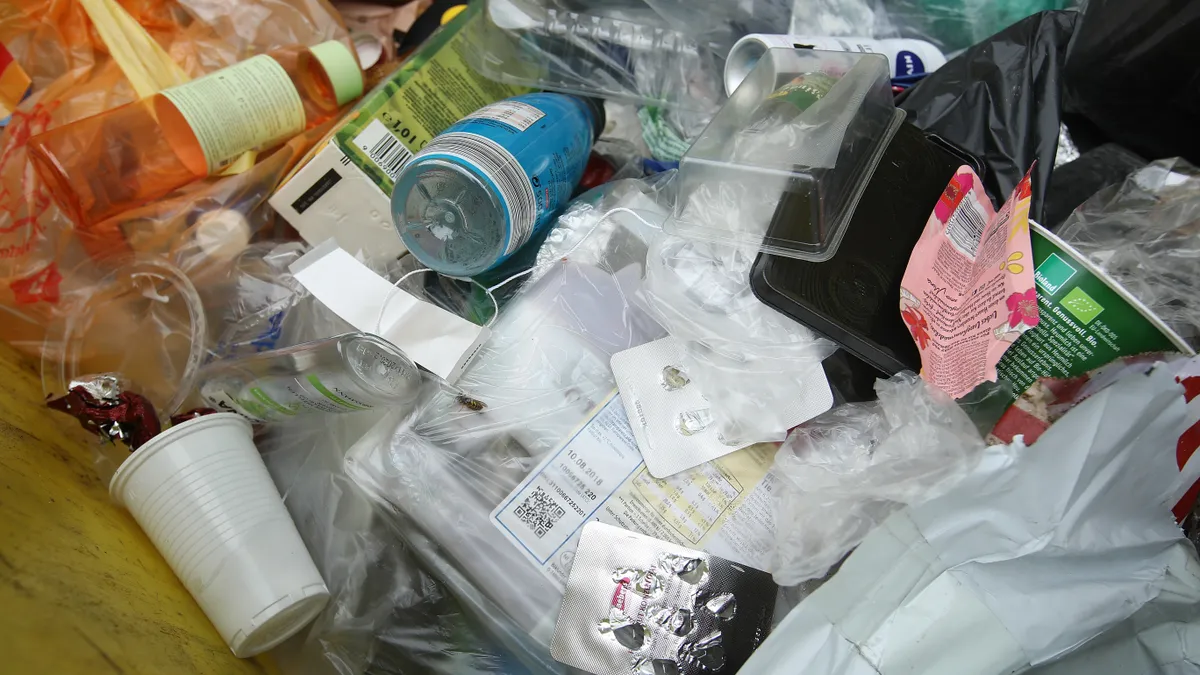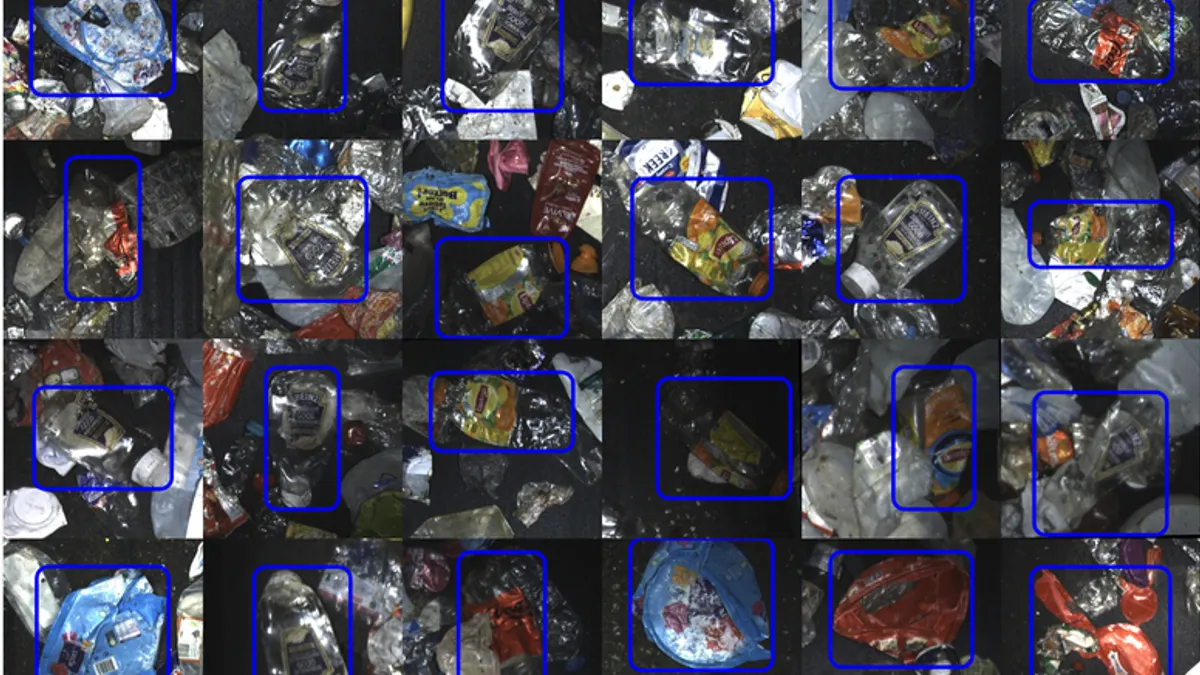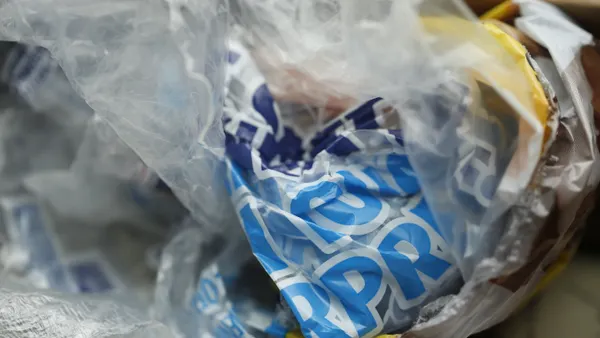Amid a wave of opinions about the future of recycling, consumer packaging has become a key focal point. Now, a group of leading edge policymakers have found the most foundational terms being used in these conversations may not mean what we think.
Oregon's Department of Environmental Quality (DEQ) recently published the results of a deep dive into 18 years' worth of peer-reviewed literature on packaging material attributes. The work, done in conjunction with Franklin Associates, sought to answer one big question: "How well do attributes predict positive environmental outcomes?"
DEQ's work is intended to help inform its 2050 sustainable materials management goals, but the answers in its report could have much wider implications — if the recycling world is willing to accept them.
Moving forward would require a potentially major shift in the way material attributes are communicated between brands, consumers, service providers and policymakers. Rather than emphasizing choices based on whether something could be recycled, regardless of environmental implications, that conversation would shift to whether it should be recycled.
“We’ve seen extensive promotion and use of some popular attributes, such as 'recyclable,' 'recycled content' and 'compostable,'" David Allaway, a senior policy analyst with the agency and co-author of the report, told Waste Dive. “Governments are mandating them, businesses are making pledges to use them, and what we knew about these attributes before we did this study is that sometimes they align with materials that have low environmental impacts. And sometimes they don’t."
Rhetorical Rethink
According to the latest EPA data (2015), packaging has a respectable recycling rate of 53%, but large quantities are still ending up in landfills or incinerators — potentially even more so now given recent market upheavals. Buying products that are recyclable, and ideally have higher percentages of recycled content, are often described as critical actions consumers can take to help achieve better environmental outcomes.
The research team combed through thousands of comparisons, across numerous existing studies, to figure out how often that was really the case when filtered through 13 categories of environmental impacts.
Recyclable
- In looking at this ubiquitous term, researchers compared products in two categories: "more readily recyclable" and "less readily or not recyclable." For example, a steel can versus a plastic pouch. Under that framework, products defined as "recyclable" only had a positive environmental outcome 39% of the time.
- For food service ware (FSW) such as cups and plates, 56% of the comparisons had lower environmental effects. The study's authors cautioned literature was limited in this area.
- Among DEQ's takeaways is the idea that a more useful conversation would focus upstream, where the vast majority of environmental impacts (such as GHG emissions) are generated during production and transportation. “Real recycling is when that material gets used in lieu of virgin resources," said Allaway.
Compostable
- Defined as a package that "can be potentially composted," this term was far less clear cut. According to DEQ's literature review, compostable packaging only had a lower environmental impact 31% of the time when compared to non-compostable packaging that was disposed or recycled.
- The research found compostable FSW had a lower environmental impact just 12% of the time. In some cases, the authors said "recycling, incinerating or landfilling compostable food service ware may be preferable to composting."
- This section included multiple caveats about processing infrastructure and whether compostable FSW could in fact have a more favorable profile if it helped captured food scraps that would otherwise be discarded.
Recycled content
- A critical part of successful recycling is the creation of reliable end markets for packaging materials. In this area, Allaway said the DEQ team found using more recycled content "almost always" reduces impacts when comparing two products made from the same material.
- When comparing products that had recycled content but were made of different materials — for example, a glass bottle versus a plastic one — the results were far less conclusive. “You can’t predict it. You might as well consult a Ouija board, or blindfold yourself and throw darts or flip a coin," said Allaway.
- While the team couldn't find enough research to make "meaningful comparisons" for FSW, they believed it is "likely that the general patterns found for all packaging would hold true."
Biobased
- While biobased material can sometimes have a lower GHG emissions profile than alternatives and reduce fossil fuel energy use, researchers also found it can potentially exacerbate other impacts such as acidification, eutrophication and toxicity.
- The research also noted agricultural production itself still "drives a great deal of the burdens due to the processes being largely powered by fossil fuels" and said the "biobased attribute is consistently unreliable for selecting lower impact packaging."
Why now?
Asked why nothing on this scale has apparently ever been undertaken, when all of the research already existed and conversations about SMM have been going on for years, Allaway chalked it up to the power of popular assumptions.
“[W]hen you look at them you realize how crazy they are, but when you don’t stop and look at them you don’t even realize you’re making them," he said, later making an analogy to the Emperor's New Clothes in the sense that no one has been willing to question the status quo.
Allaway believes brand manufacturers have already done their own internal lifecycle analyses long ago, but have either been dominated by marketing departments that would rather tout a product's "recyclability" than its true environmental implications, or feel beholden to the current focus on reducing solid waste tonnage over other environmental effects.
"[V]ery few of the big producers that we’ve talked to are at all surprised by our findings. So even the producers who have committed to making everything 'recyclable' and 'compostable,' they know that that’s not the same as low impact. But they’re doing it because of overwhelming public pressure."
In his view, those driving that pressure could include advocacy groups, state and local officials and in some cases the service providers that are willing to work with them on striving toward "zero waste" or similar targets at seemingly any cost.
Next steps
Since this study came out in December, it has garnered minimal press coverage and elicits either unfamiliar or wary reactions when raised in conversations.
The narratives are convenient for many of the waste and recycling industry's recent talking points. Some have been using versions of this argument to advocate for diminishing certain materials or boosting others for years. But when taken in totality, the deeper messages involved get into discussions about product design, responsibility and prioritization that quickly become more complex.
Among many recommendations, DEQ advised against prioritizing quantity over quality and urged caution in any market development efforts that just enable further production of specific niche products without considering full environmental impacts across their full life cycle. For procurement purposes, it said the terms being analyzed shouldn't serve as deciding factors without further consideration of emissions implications.
“There’s a lot of momentum in the direction of these attributes and it makes all the more important that we just stop for a moment and confirm that the attributes by themselves are consistent and reliable proxies for low impact materials," said Allaway. "Because if they aren’t, then overemphasizing these attributes could result in some unwanted and perverse environmental outcomes."
Oregon DEQ's work is often looked to as a national model, and these results are bound to percolate throughout industry events and discussions. At a rare moment when the public is paying so much attention to recycling, this could be the time to encourage new conversations about decarbonization rather than traditional metrics.
Yet at the time of this interview in January, Allaway was also somewhat concerned that the cultural backing for some terminology may already be too ingrained. Since then, he said reaction has been positive and the report's intended message seemed to be resonating.
"The moral of this story is that solid waste is just a small piece of the life cycle of materials, and prioritizing design and material selection to benefit the solid waste system is bound to have some unexpected results," Allaway wrote via email. "We need to look at the big picture, not just a small part of it."


















